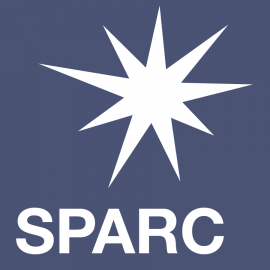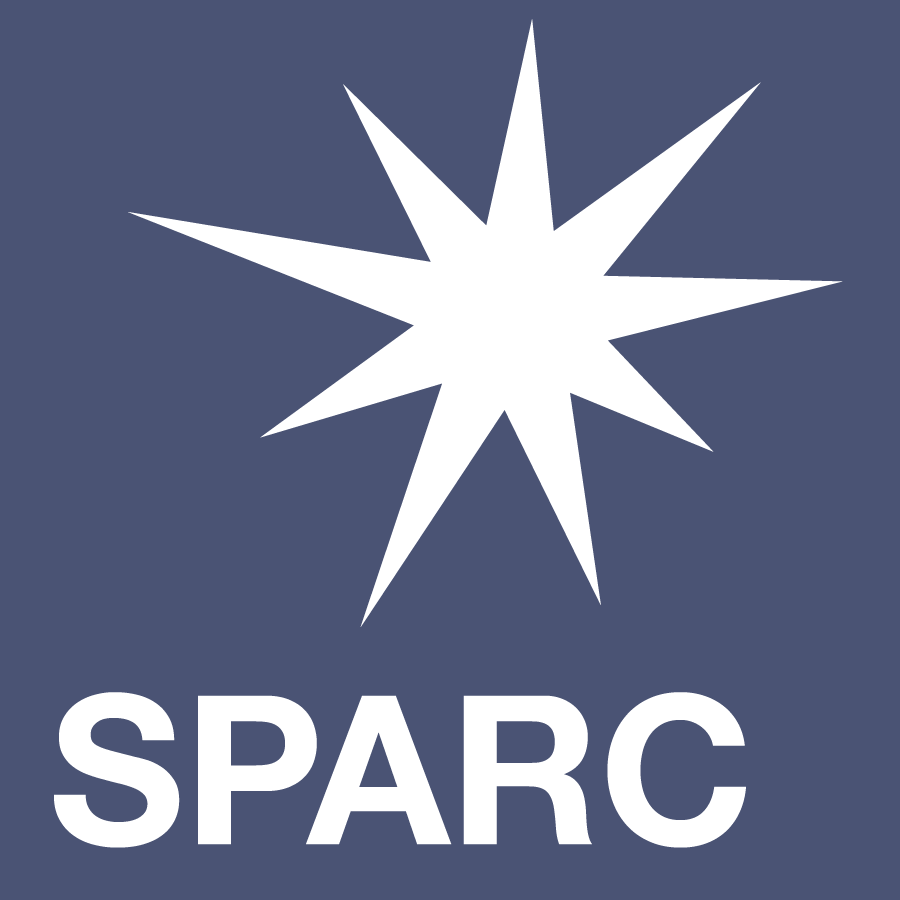 Following is an essay written by our SPARC (Scholarship Program And Recognition Campaign) winner that garnered her $2,000 toward her education.
Following is an essay written by our SPARC (Scholarship Program And Recognition Campaign) winner that garnered her $2,000 toward her education.
Julie Dunn, PT, Grad Date: May, 2016, Idaho State University
The making of sparks: A profession of excellent clinicians giving superior care to every patient
My lifelong passion for excellence has prepared me to be a unique agent of change, hope, and healing in the lives of the hurting and the underserved. I seek to continuously be improving inclusion, personal aspects of care, patient education, advocacy, and professional training for myself and for our profession. When my patients entrust me with the honor of helping guide them back to healing, I want to have full confidence knowing I have done everything possible to get them there.
My passion for excellence has been something that has driven me throughout my years of schooling, sometimes even becoming a point of resistance: While earning my bachelor’s degree, I was not content to simply obtain a common degree that would give me the most prerequisites for graduate-level education. Multiple advisors frowned on my unwillingness to major in health science, biology, kinesiology, or exercise physiology when applying for DPT and DO programs. In fact, I had to switch advisors multiple times to find someone that would work with my unique vision for my practice: I insisted on using my bachelor’s degree to obtain skills I wouldn’t learn otherwise so that I could reach the people most health care professionals can’t. Ultimately, I obtained a Bachelor of Arts in Spanish language on top of the normal prerequisites. I kept pressing onward, and by the time I started my DPT program, I was a qualified Spanish medical interpreter.
Now that I’m at the end of my formal education, my passions for excellence and inclusion still drive me to provide the best care to the underserved. My Spanish degree has proved particularly useful. One group I consider to be in underserved are non-English speaking patients: Patients with Limited English proficiency (LEP) are documented to receive not only less but also poorer-quality care, creating a disparity even greater than what exists based on ethnic and minority classifications alone.(1) Research is still being called for with regard to cost effective ways of reducing the negative effects of language barriers in health services.(2)
As an interpreter and a physical therapy student, I have personally witnessed LEP persons receiving less patient education, less examination, and overall less care during interactions with medical/therapy staff. I witnessed this despite working with outstanding physicians, nurses, and physical therapists who longed to surpass language barriers and eliminate the health disparity. Still, the quality of care remained inexorably constrained by language barriers, logistical issues with interpreter schedules, time lost during interpretation, and limited ability to communicate to build rapport. That is why, on my affiliations, I have taken on all the Spanish-speaking patients. I found myself staying multiple hours after my own shifts in order to help nurses communicate to deliver necessary medication, calm post-traumatic brain injury agitation, and figure out how to contact family members. It would make a long essay to describe all the times I have heard “I’m so glad you speak Spanish” coming from both English- and Spanish-speakers, and how many times my patients have confided in me feelings about their care, and questions they did not feel comfortable sharing with other providers. In my own practice, I will be able to communicate directly with patients without losing time or emphasis going through an interpreter. I will be able to provide more education, feedback, and understanding so that Spanish-speaking patients can confidently take charge of their own health and recovery.
Through my experience working in physical therapy from the office, technician, and now practitioner perspectives, I have added another group to my list of underserved populations: women with pelvic floor dysfunction. Disorders such as chronic pelvic pain, pelvic organ prolapse, and urinary incontinence are socially limiting and often privately debilitating problems. For example, I worked with someone who had excruciating tailbone pain so bad she could not sit, meaning she could not work, and was at risk for developing on opioid addiction. She had been to see two other PTs without success. However, thanks in large part to my post-doctorate training in pelvic floor assessment and treatment, she was able to return to full activities and sit a full day at work without symptoms.(3) This all happened after just one treatment session together! This is the kind of spark I want to be in my patients’ lives.
I am passionate about bringing high-quality, emotionally-sensitive care to these individuals who suffer privately because of shame, embarrassment, or simply not knowing what options exist for them. In school, I had the opportunity to perform qualitative and survey research with participants in one of our community health grants. I designed a survey to assess pelvic health/women’s health concerns and unmet needs in our population, who had already been involved in the grant for several years. We found that many of our participants suffered from quality-of-life-limiting pelvic floor dysfunction, and not one knew how treatable it often is! Even though each participant had biweekly interactions with a certified women’s health PT and at least yearly interactions with physicians, not one had addressed the uncomfortable subject. Neither had they received education on treatment for their other disorders within the women’s health physical therapy realm, such as osteoporosis or lymphedema. This research was presented internationally to help bring awareness of our responsibilities as PTs to at least connect these patients with the right resources. If we don’t start the conversation, it’s likely they will continue to miss valuable treatment. My passion for this excellence in PT and learning has already carried me to four continuing education courses in my last year of school. I also feel strongly about sharing that knowledge, so I sought opportunities to help make my peers better practitioners also: My school hosted me as a guest lecturer for underclassmen in the physical and occupational therapy programs on two occasions to discuss pelvic floor disorders and other physical therapy treatment options. I also got a significant piece of medical equipment donated to my school so that our students could learn about mechanical hip traction. I found it to be one more tool we can use to spark hope in those inappropriate for surgery, delay surgery, and best promote an active lifestyle until surgery best option.
To continue working for the benefit of more than just my own future patients, I have mentored numerous students in the program graduating after me. I was elected to serve multiple terms as the president for the Student Physical Therapy Association and the Director of Programming for the national Student Special Interest Group on Women’s Health. I want to find the best ways to help my patients, and share it with as many of my peers as possible. I believe when we all work together, we can increase the quality of care our patients receive.
Perhaps the best way to conclude my reflection on how I am going to be a spark in my patients’ lives would be with comments from my patients thus far. I was fortunate to work each semester to provide exercise testing and prescription to members of the community over age 55 with low socioeconomic status. I have had long conversations with several members, with them thanking me for what I helped give them: encouragement to begin taking walks again, confidence to play with grandchildren, better balance from practicing my recommended HEP while preparing dinner, and hope for a healthier and happier way of living. I want every one of my patients to leave my care with the same impression one patient described to me in a surprise thank-you note: “Thank you for being in my life. You are very special, caring, and you will be another bright star for everyone you help. You will always be a bright star in my journey.” (3) I want to continue being that “bright star,” that spark,”and I know that with this scholarship, I will be able to get even better training so that I can be.
- Saha S, Fernandez A, Perez-Stable E. Reducing language barriers and racial/ethnic disparities in health care: an investment in our future. J Gen Internal Med. 2007;22(Suppl 2):371-372. doi:10.1007/s11606-007-0372-4.
- Schwei RJ et al. Changes in research on language barriers in health care since 2003: A cross-sectional review study. Int J Nurs Studies. Feb 2016;54:36-44. doi:10.1016.injurstu.2015.03.001.
- Shared with permission.

